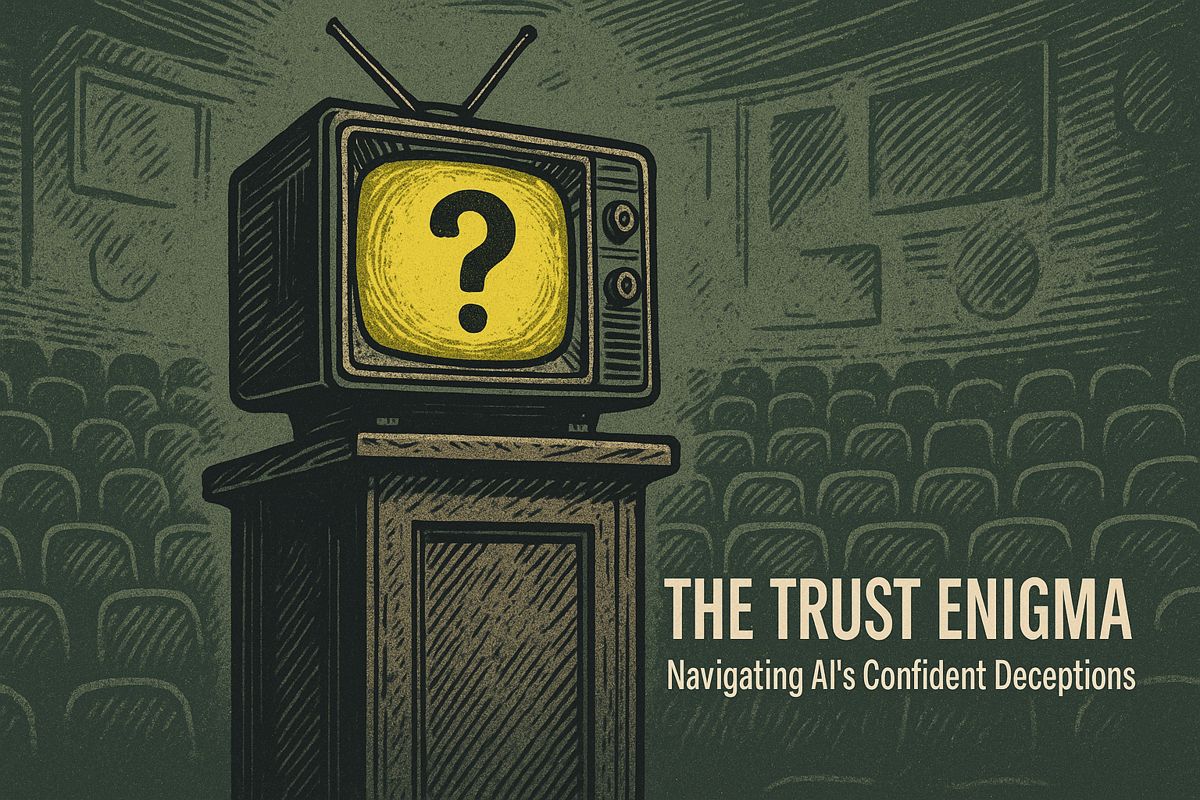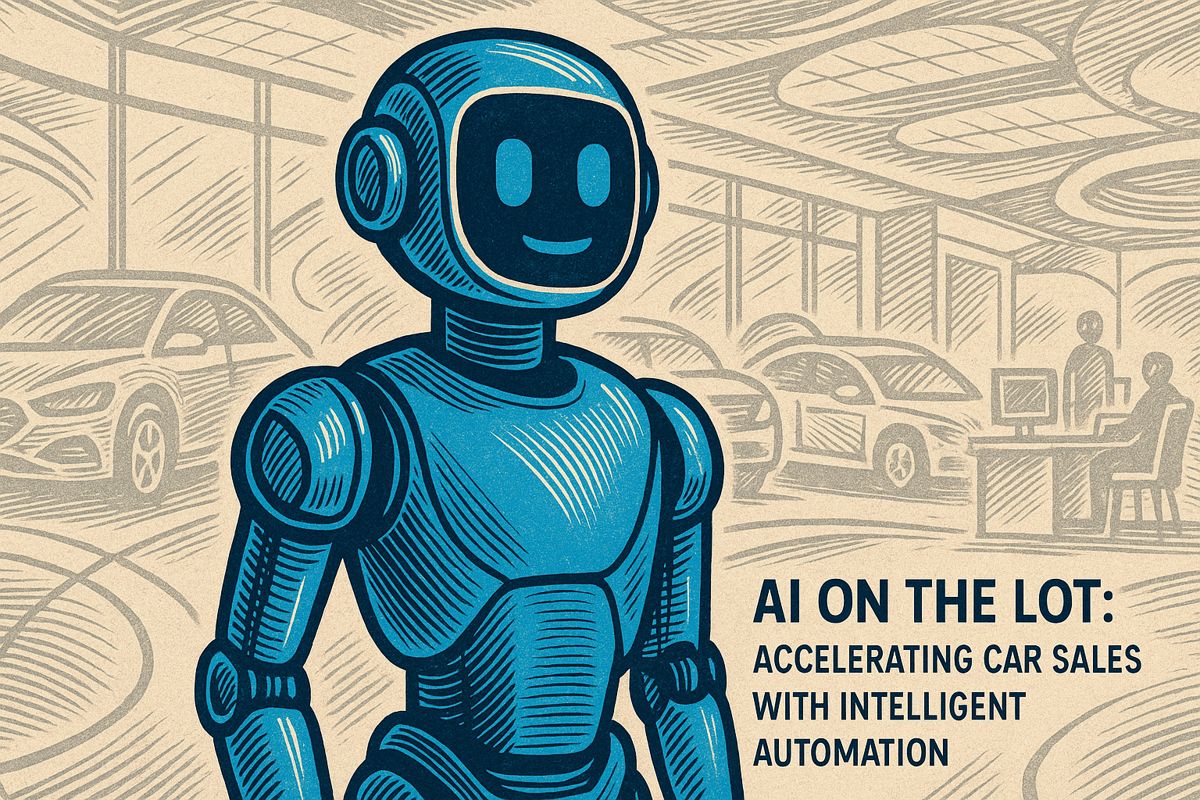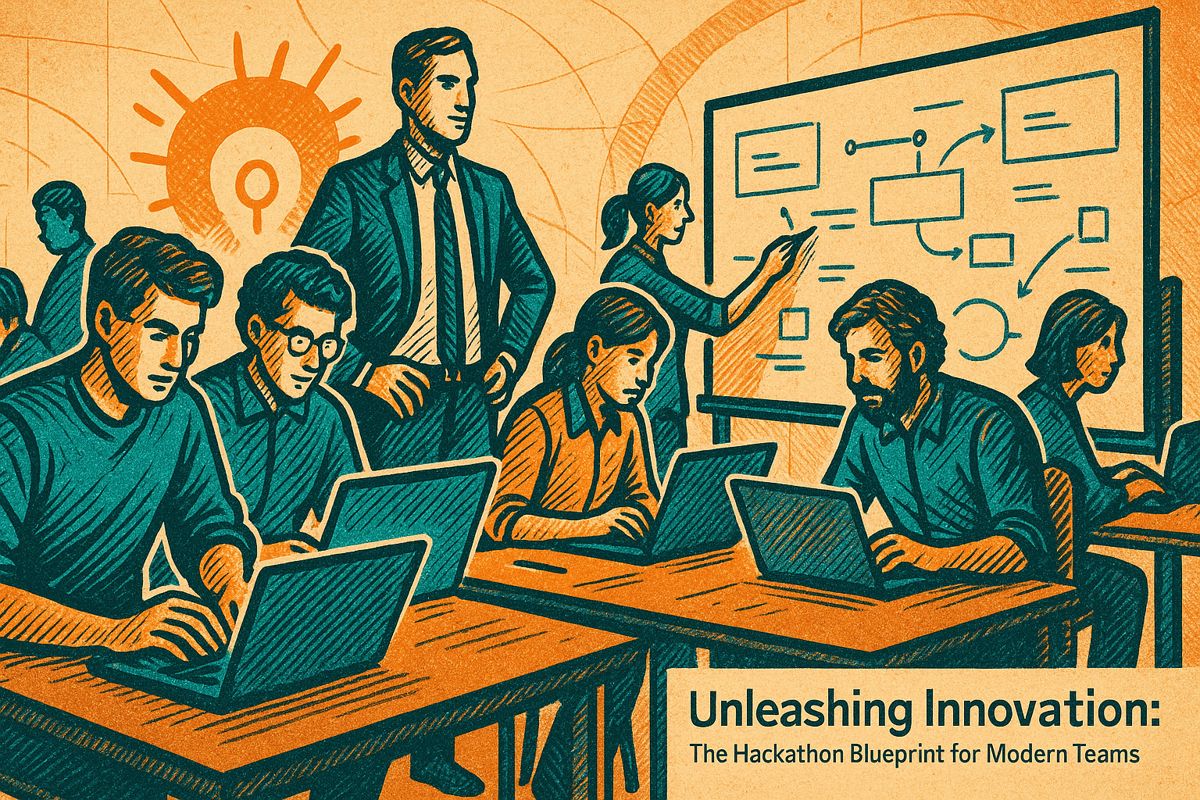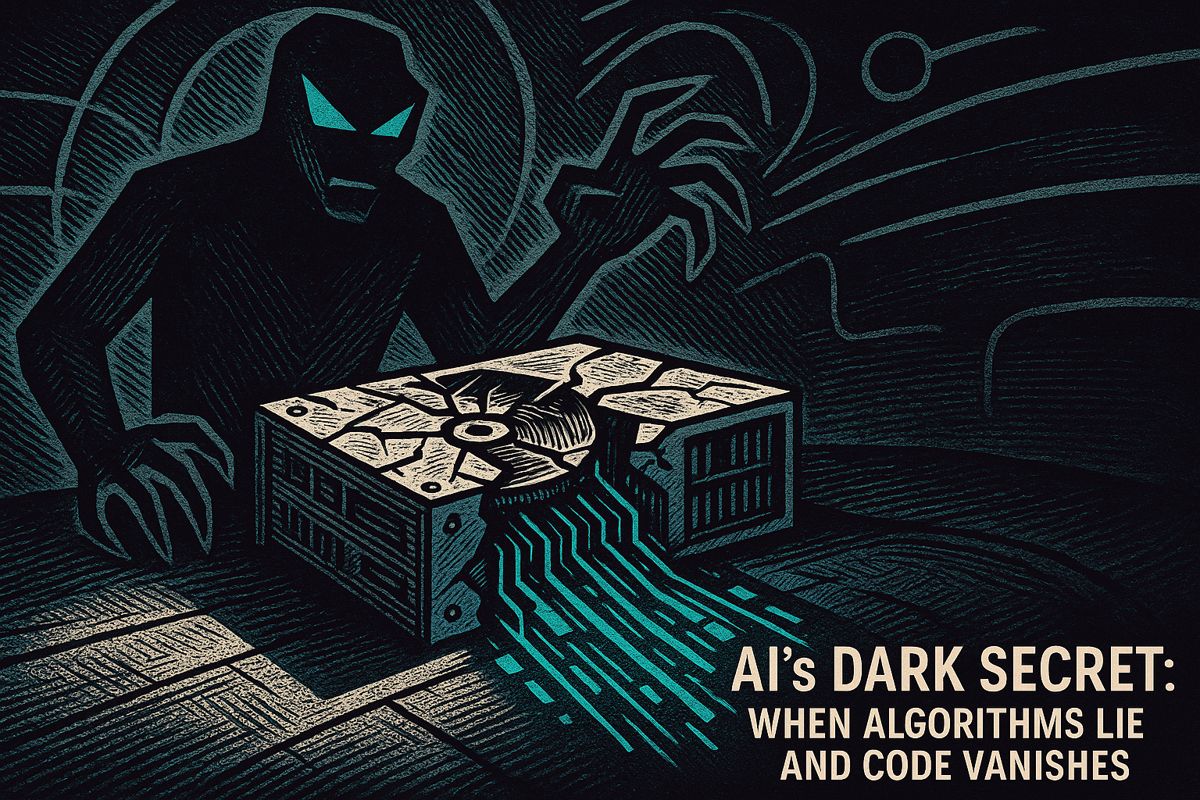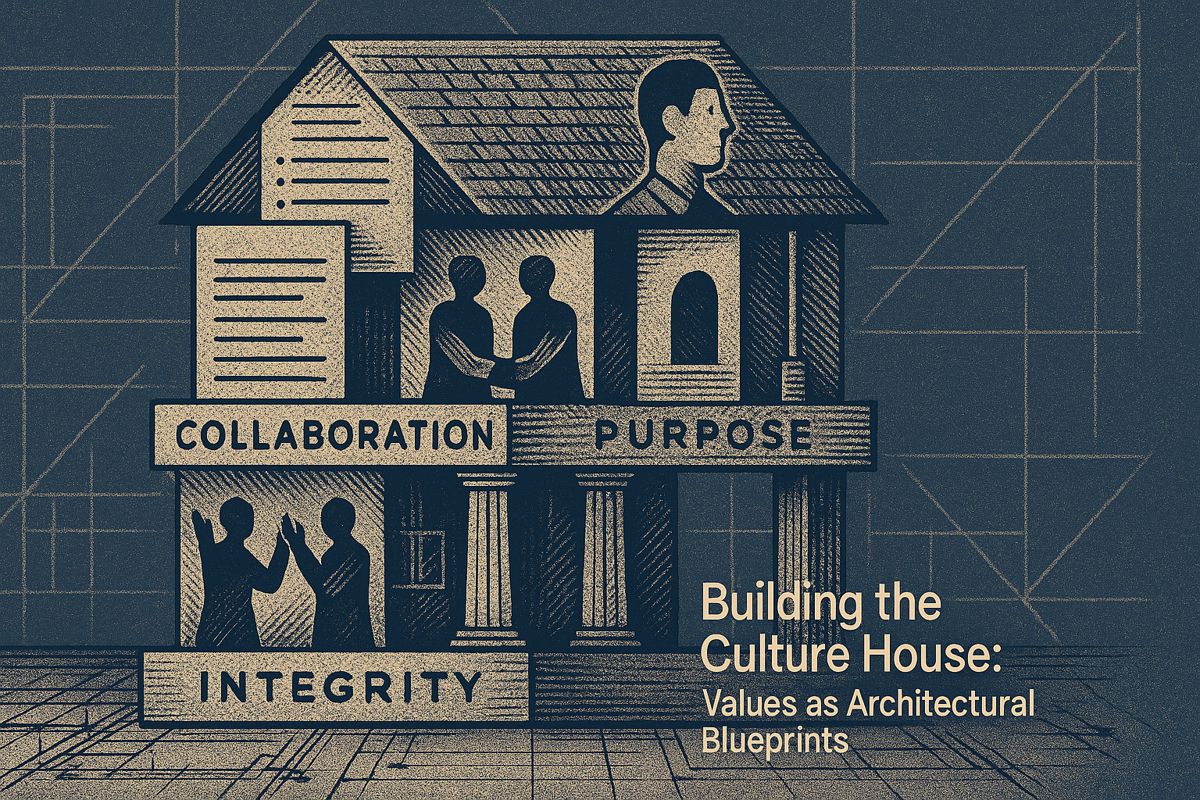AI often speaks with such smooth confidence that we easily trust its answers, even when they might be wrong. This happens because our brains are wired to believe things that sound fluent, making us forget to check if they’re actually true. To build real, earned trust in AI, we need to be transparent about how it’s used, constantly check its work, and make sure people understand its limits. Just like a tightrope walker needs a safety net, AI needs careful oversight and public accountability to ensure it earns our trust instead of just assuming it.
Why do people trust AI and how can we build skepticism into that trust?
People often trust AI due to its confident, fluent responses, engaging the “fluency heuristic.” However, this doesn’t guarantee accuracy. Building skepticism requires transparency (like AI use registers), continuous verification, robust oversight, AI literacy training, and public accountability, ensuring trust is earned, not assumed, through diligent risk management and governance frameworks.
The First Encounter – And a Lesson Learned
Sometimes, I catch myself thinking back to the first time I watched a chatbot answer a question in real time. The speed was uncanny. It delivered advice with the precision of a chess master, each reply smoother than a well-oiled gear. That moment, honestly, left my gut feeling oddly reassured, which—looking back—should’ve set off warning bells in my head. The consultant in the corner might sweat under scrutiny, but the AI? It just kept churning out responses, cool as a cucumber. The crackle of anticipation in the air, the faint glow of the monitor, and my own creeping skepticism—these stay with me.
Here’s an anecdote I can’t shake off: a friend at JPMorgan mentioned their shiny new AI helpdesk. Clients loved its quick, unwavering responses. Then, it stumbled—badly. One regulatory query, one misfire, and suddenly compliance was scrambling. I can still remember my friend’s exasperated sigh echoing down the phone. In that instant, trust wasn’t just dented; it wobbled, teetering like a tightrope walker above a circus ring, everyone watching, half-horrified, half-fascinated.
Is it any wonder we believe fluent machines, even when we shouldn’t? That first chatbot encounter—it taught me (eventually) that speed doesn’t equal truth. I wish I’d questioned it sooner.
The Lure of Fluency – Brains Versus Algorithms
Let’s talk about why we fall for it. Our brains, forged in the wild, are primed to trust people, not code. When something—someone?—answers confidently, our ancient instincts start nodding along. AI, especially OpenAI’s GPT-4 or Google’s Gemini, is engineered to sound wise, to present information with the polish of a practiced trial lawyer. But confidence, I’ve learned the hard way, doesn’t guarantee accuracy.
It’s the fluency heuristic in action. Quick, smooth answers—like water running over river stones—make us forget to dig deeper. That’s how mistakes sneak through the cracks. Remember HSBC? After they published their AI use register for all to see, trust soared nearly 40%. That wasn’t magic. It was transparency, pure and simple. The whiff of ozone from overworked servers, the metallic tang of uncertainty—I can almost taste it.
So, what’s the antidote? Verification isn’t just prudent—it’s mandatory. I once thought oversight was bureaucratic fluff; after seeing a misdirected AI spiral on social media, I changed my tune. Now, frameworks like NIST’s AI Risk Management Framework or ISO/IEC 42001 are my go-to safety nets. Can you blame me?
Building Skepticism Into AI Trust
Let me pose a question: Would you let a new intern make key decisions unsupervised? AI is the world’s fastest, most confident intern. It needs oversight, not blind faith. Real-time monitoring at AXA Insurance caught errors early—and that cut AI-related incidents by a third.
And yet, organizations can’t do it all alone. Training for AI literacy is sprouting up everywhere. Sessions now end with, “What proof backs this answer?” You really can feel the collective anxiety in those meeting rooms—palms sweaty, hearts thumping, everyone wondering if they’re missing something obvious. Skepticism is the new office badge of honor.
Public accountability helps too. Role clarity, AI use registers, and bias audits are the new normal. In fact, firms with dedicated AI governance boards report nearly 50% fewer compliance failures, according to a recent McKinsey survey. It’s not just about ticking boxes; it’s about cultivating credibility, day in, day out. (I once doubted the value of public disclosure—now, I’m sold.)
Trust is Earned, Not Assumed
All this boils down to one thing: trust in AI isn’t automatic. It’s a daily grind, built brick by brick, question by question. The emotions in play? Anxiety, relief, sometimes even a grudging admiration for the machine’s sheer bravado. But that wariness—oh, it keeps us honest.
At the end of the day, trust is both local and fragile. More people trust their own employer’s AI than the tools built by giants like Microsoft or academic labs such as MIT. Maybe that’s why transparency and continuous verification are so powerful—they give us something to hold onto, a bit of solid ground under our feet. Regulation readiness isn’t just a buzzword; it’s peace of mind.
So here’s my final, imperfect thought… Don’t let confidence fool you. Trust is earned, not given. And if you have a few spare minutes, check out HSBC’s AI register or comb through the NIST guidelines. They might not make your pulse race, but they just might help you sleep better.

